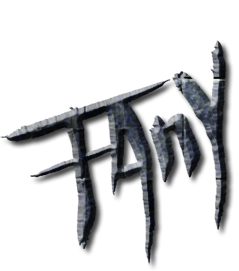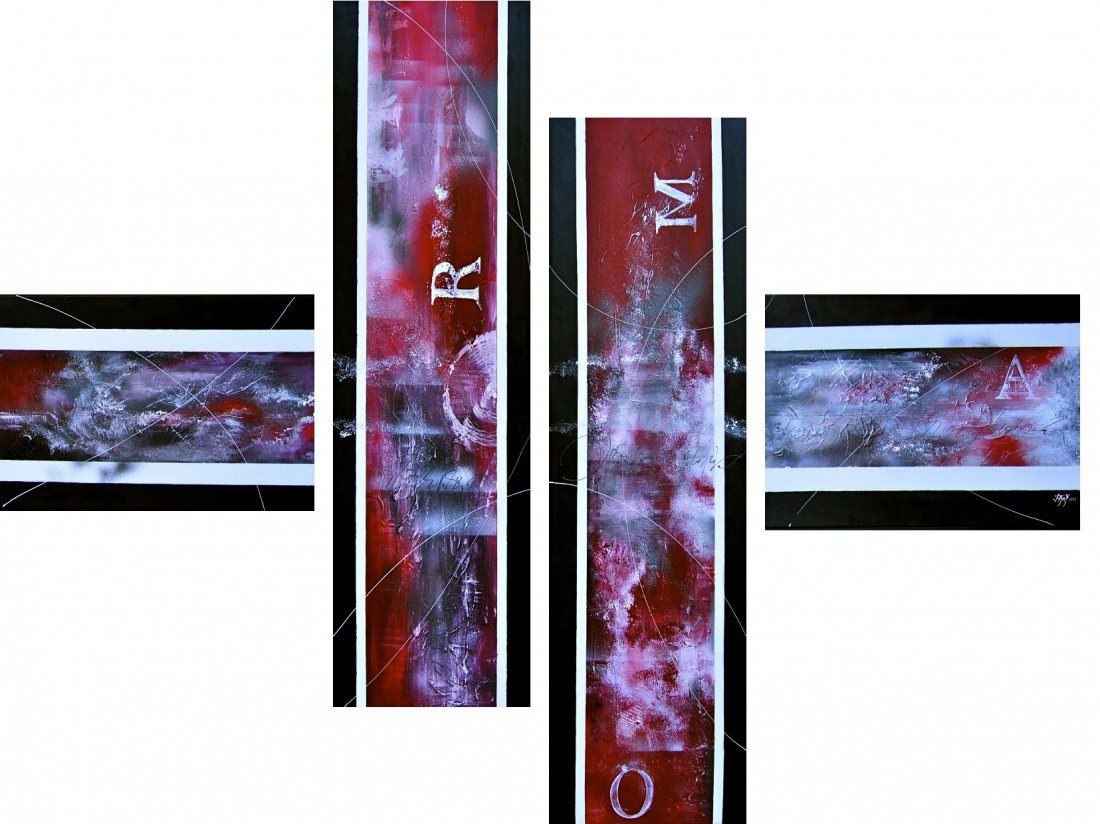
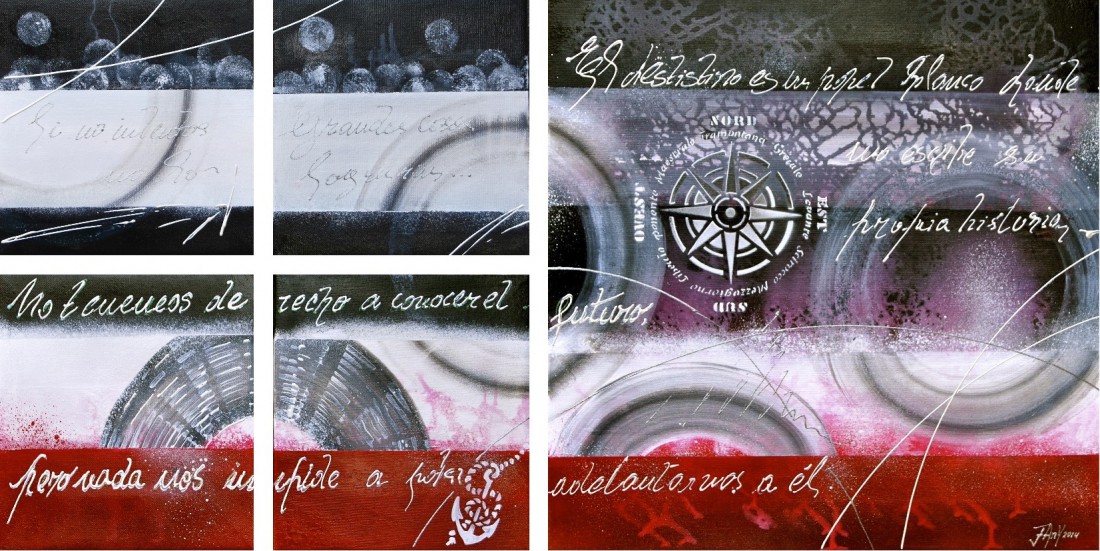
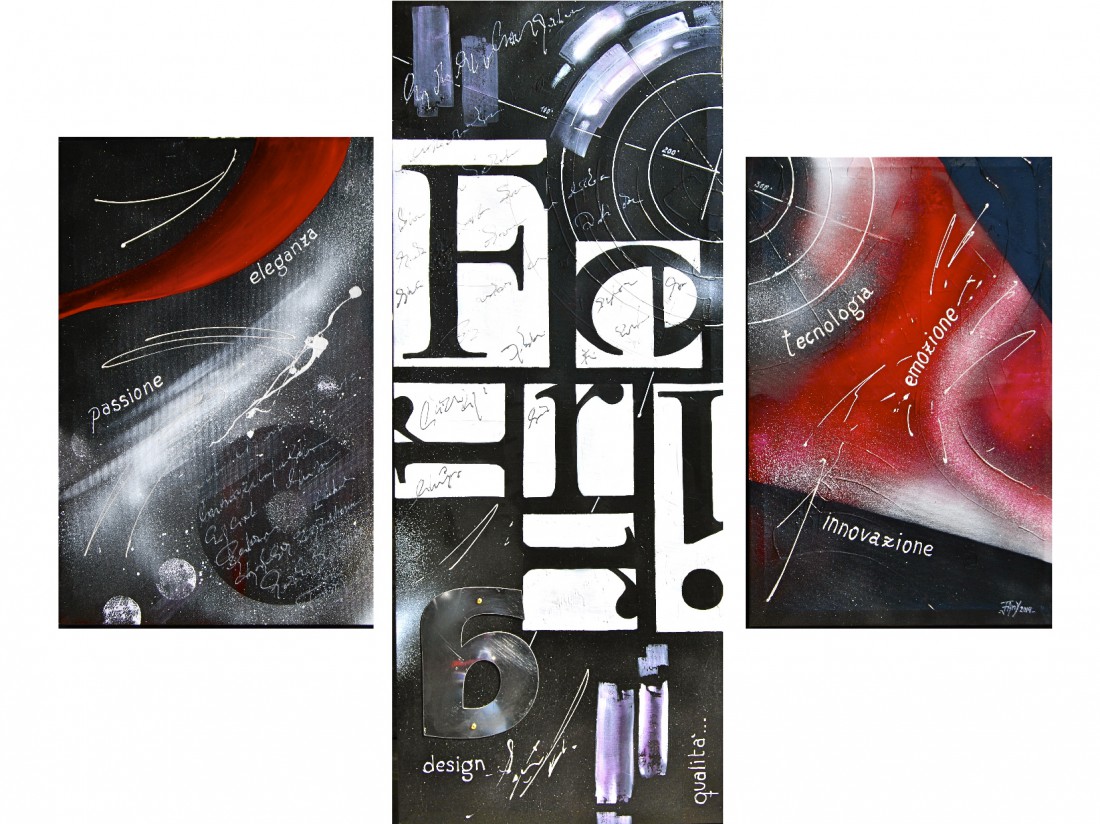
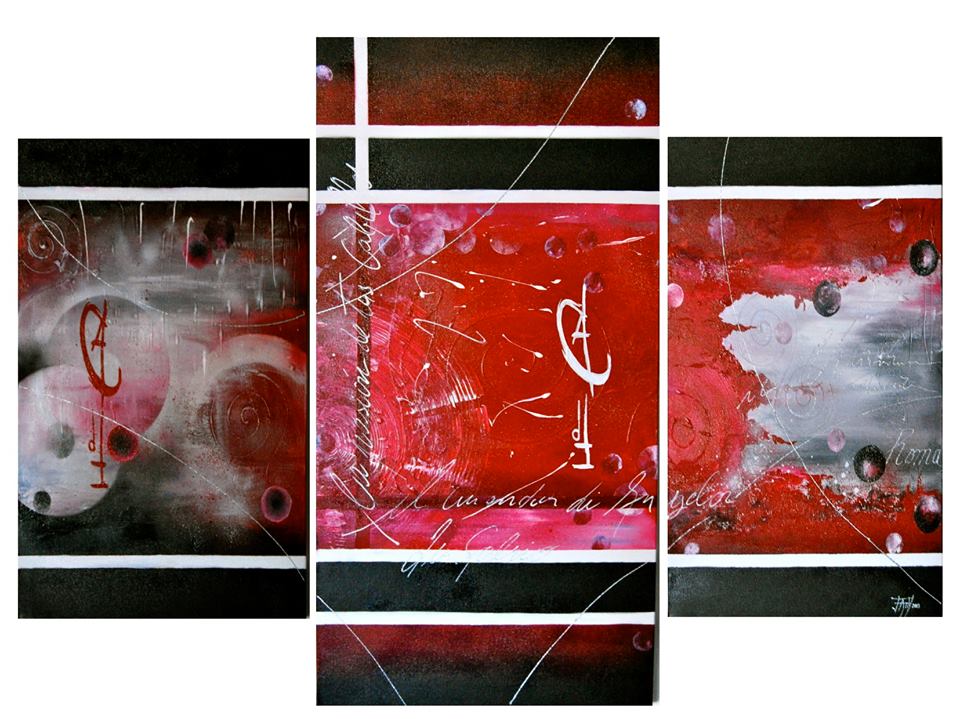
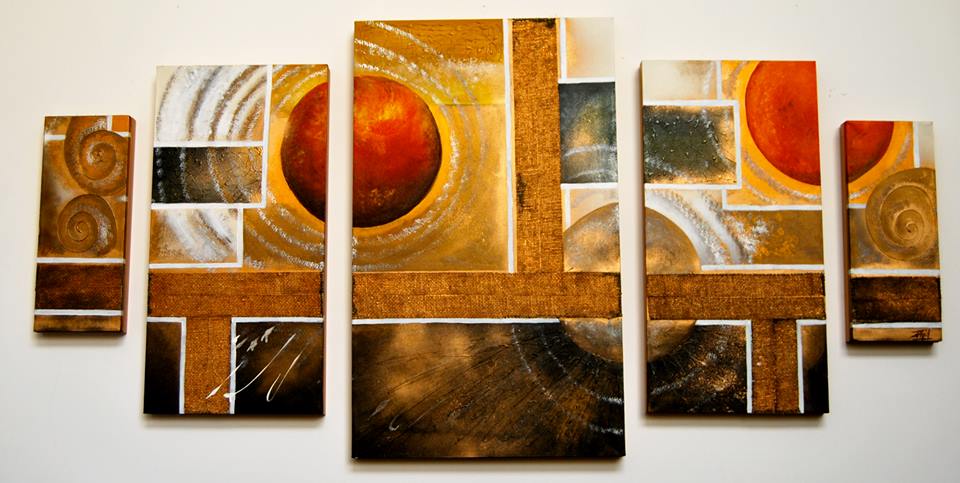
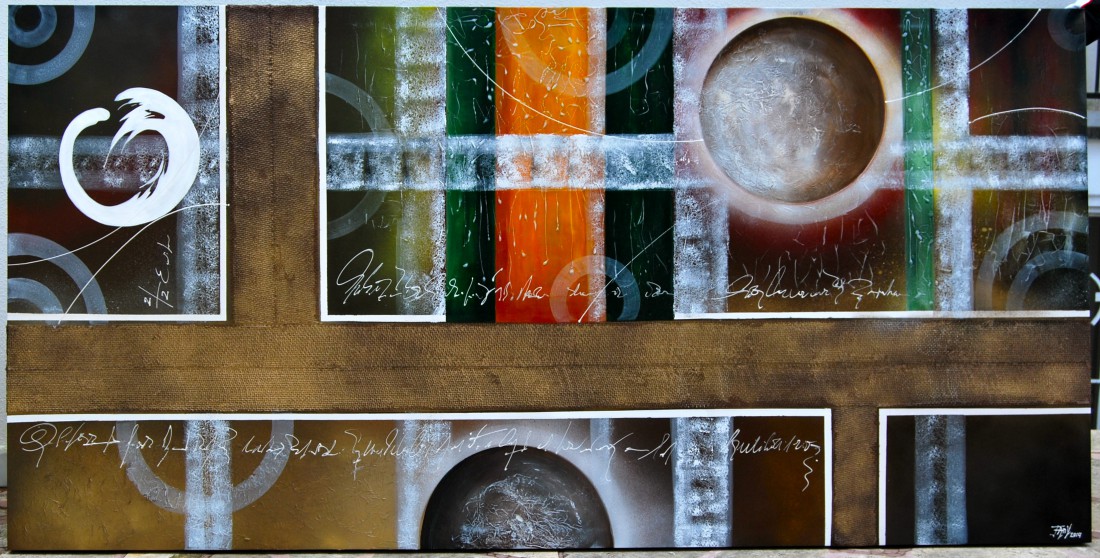
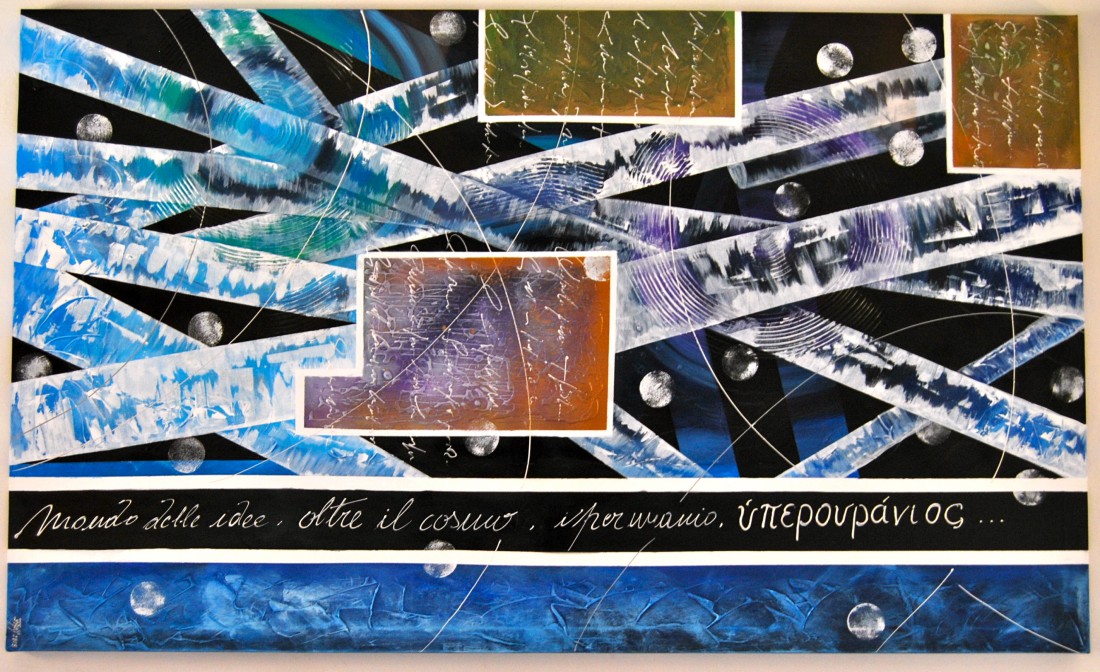
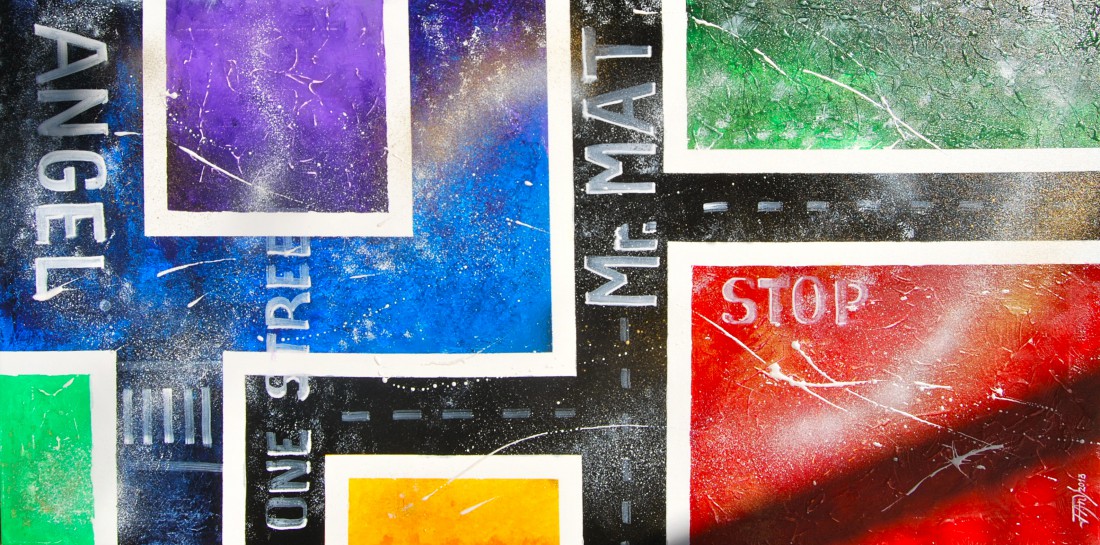
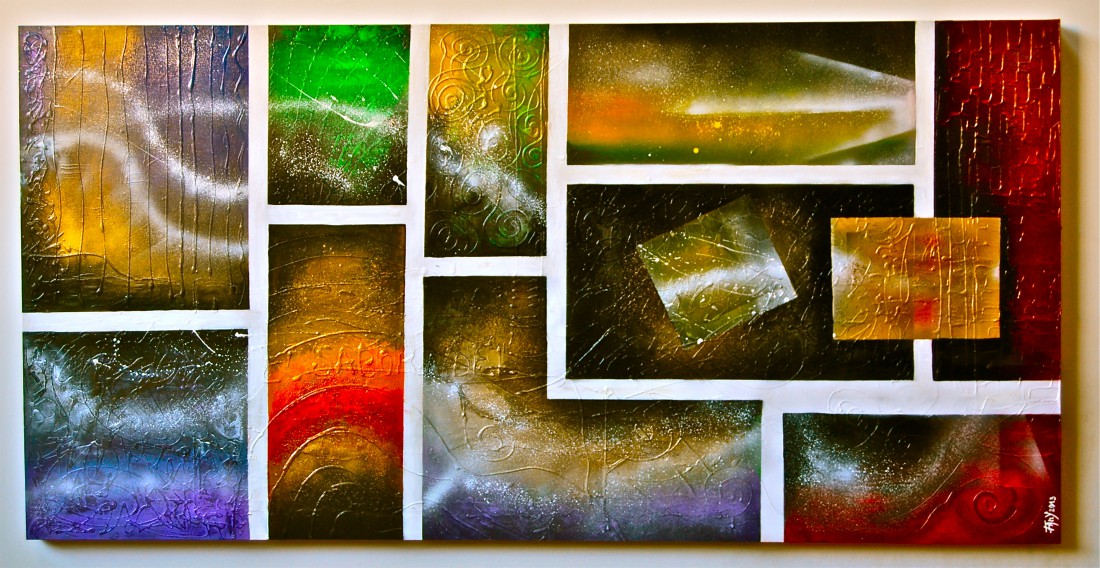
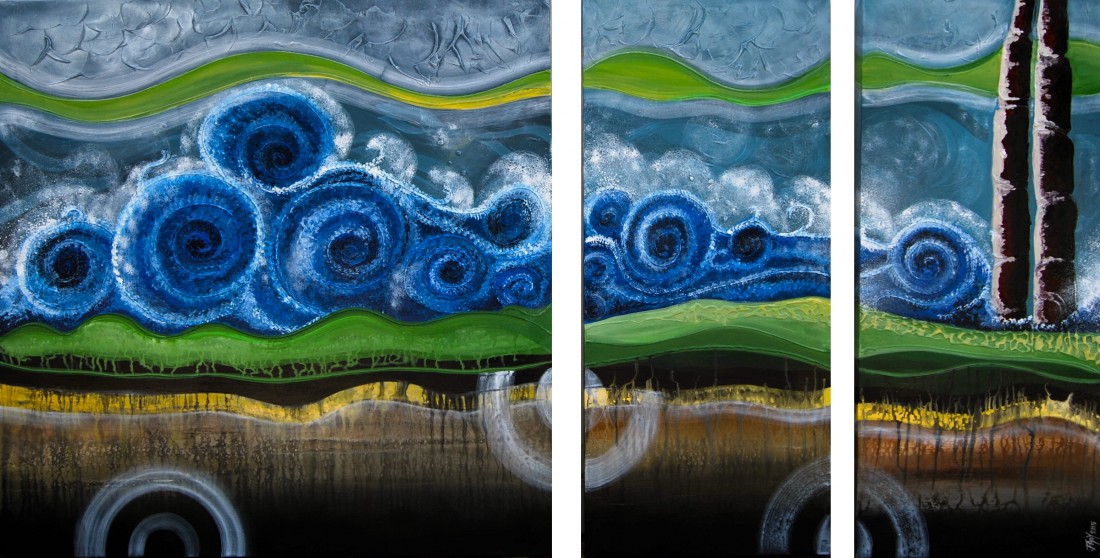
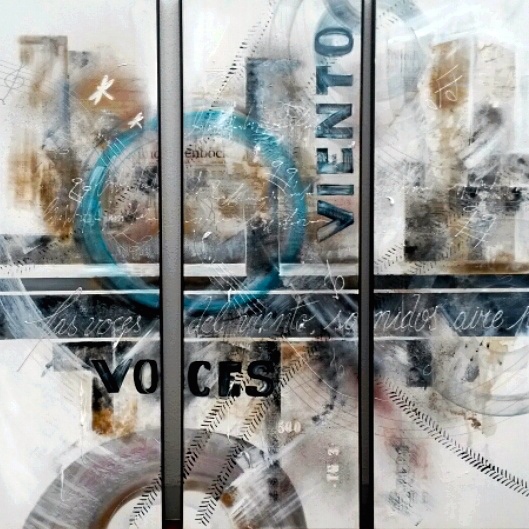
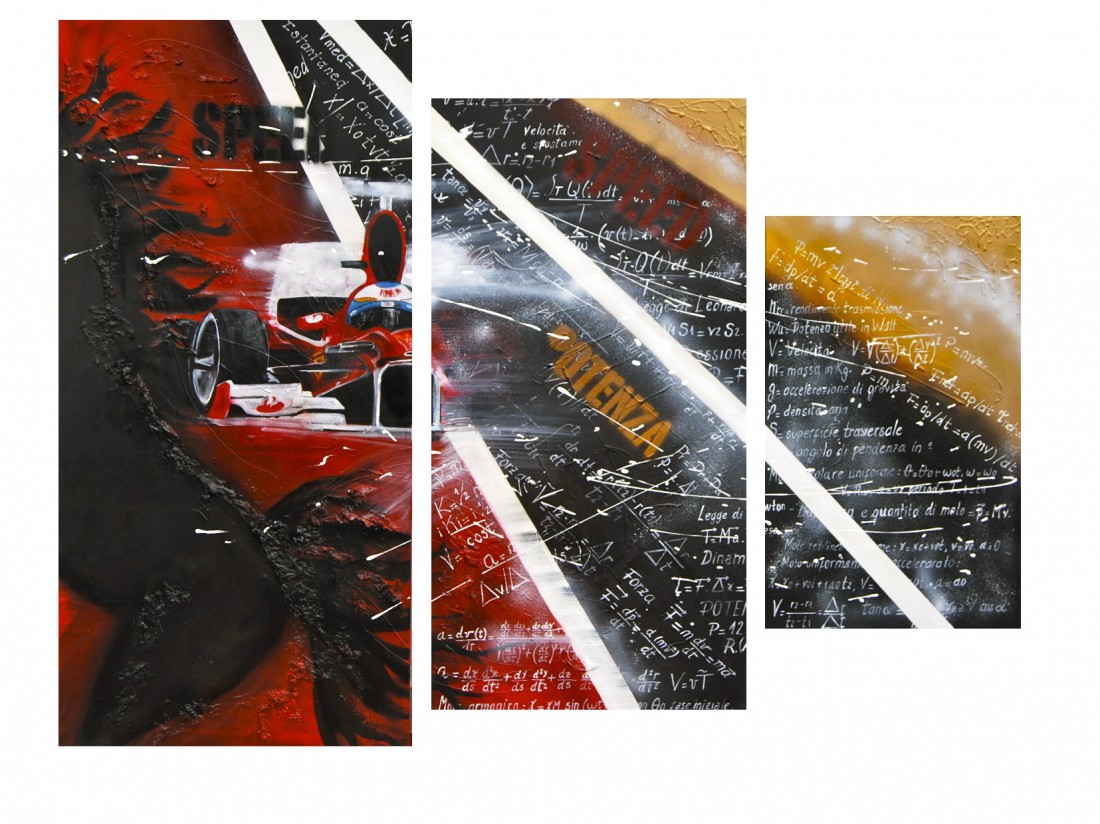
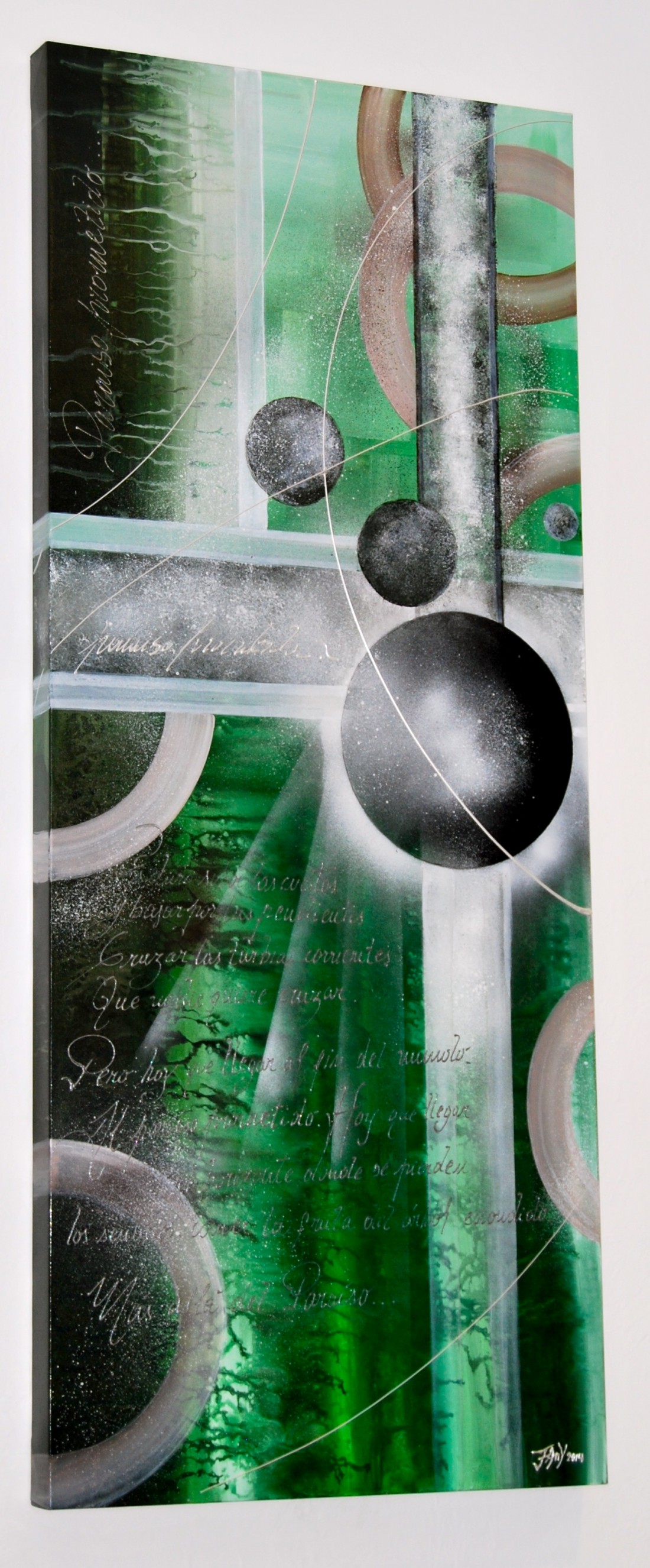
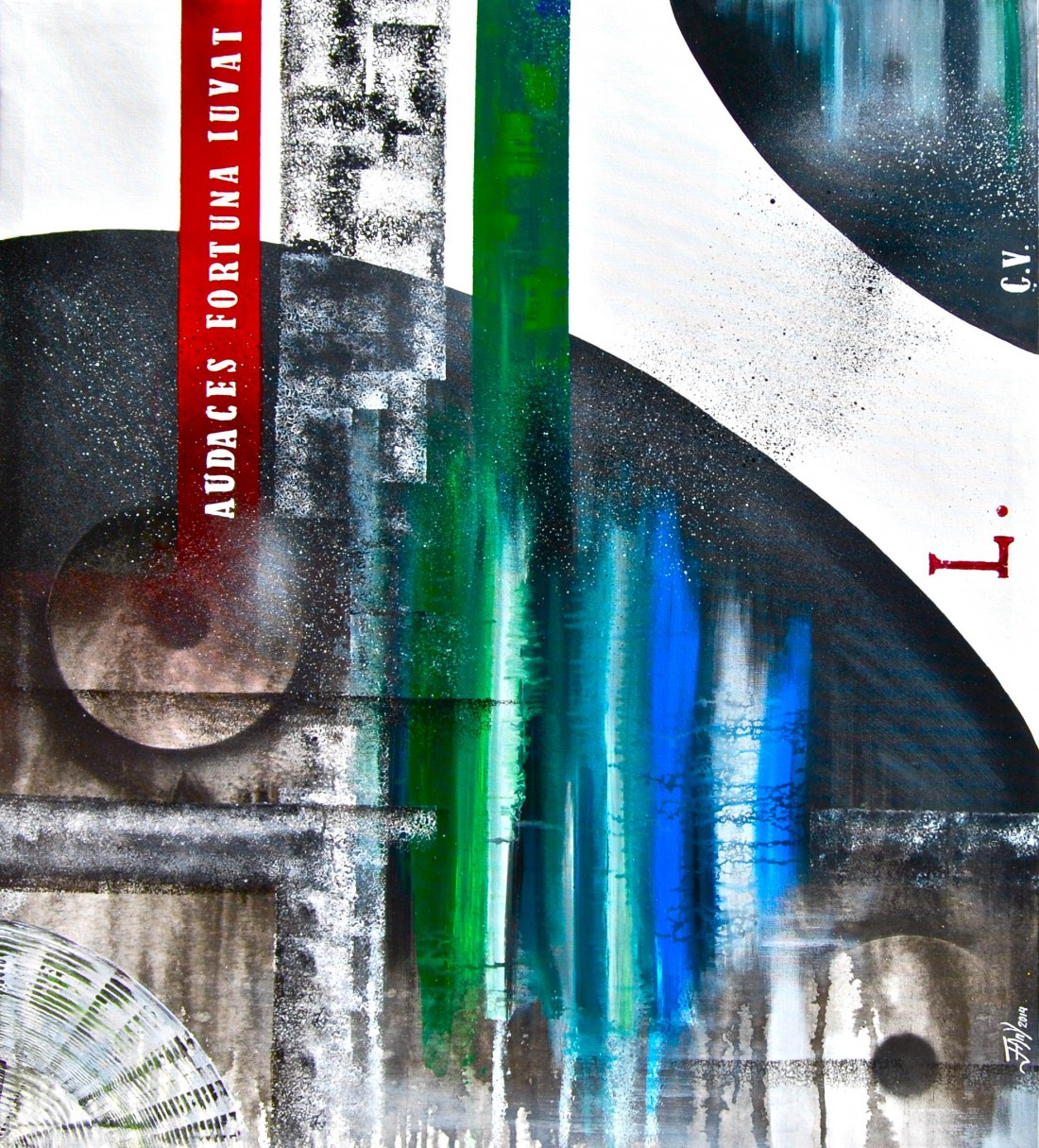
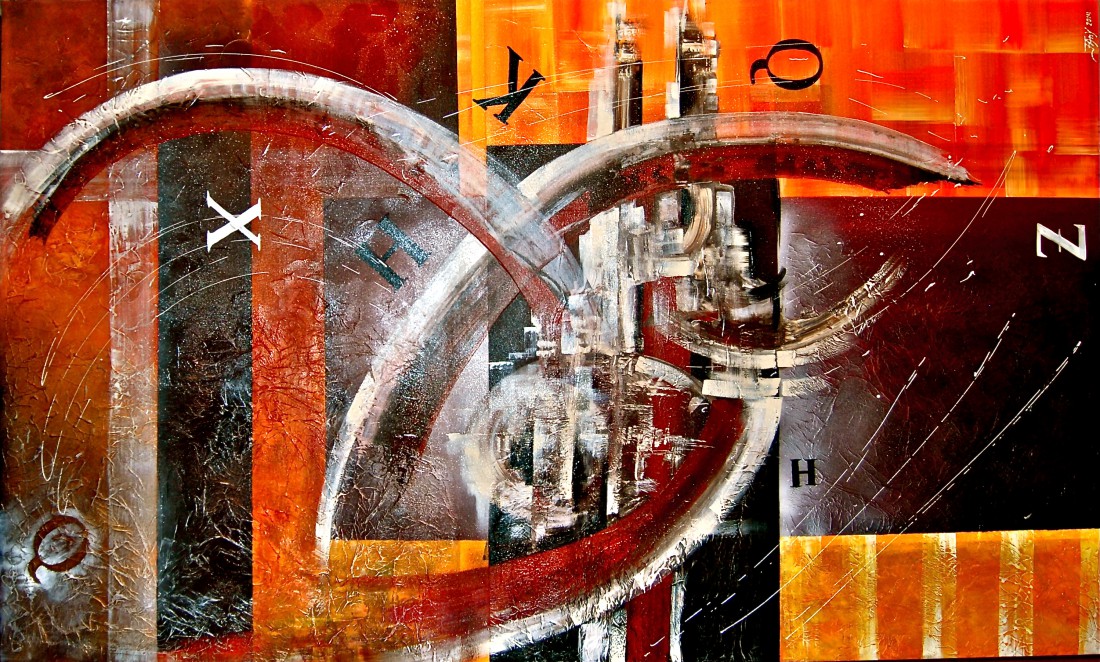
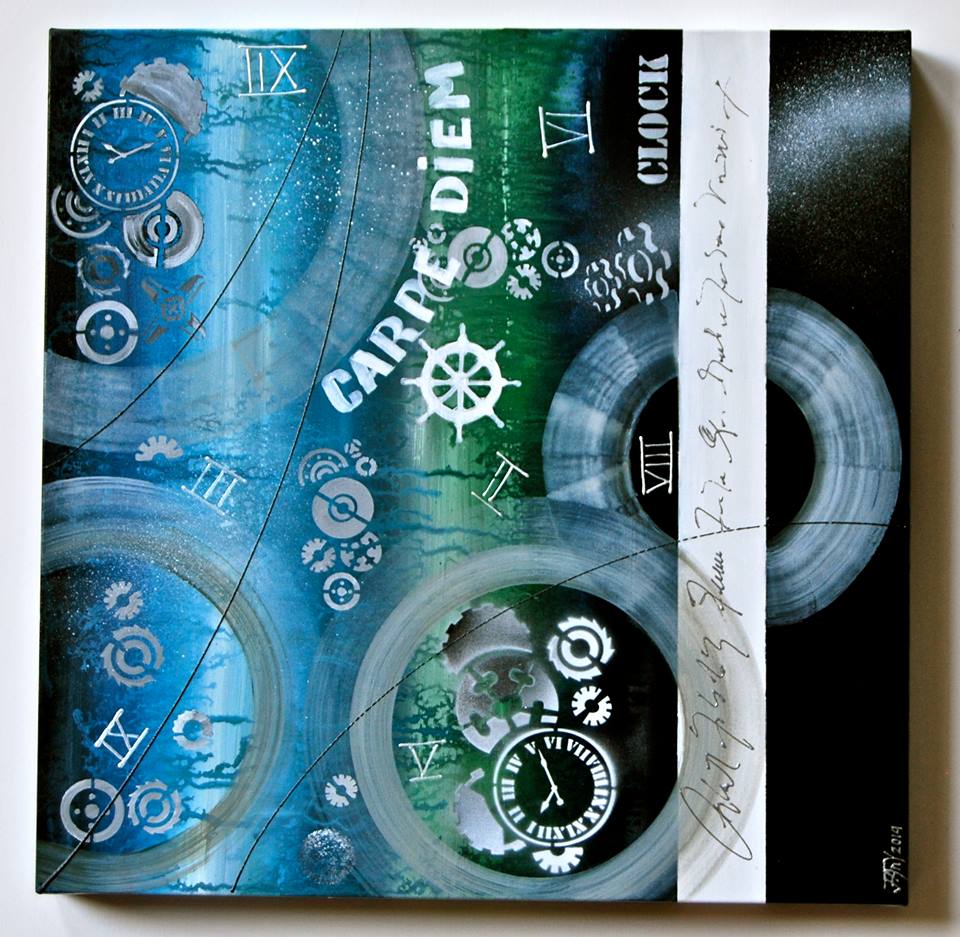
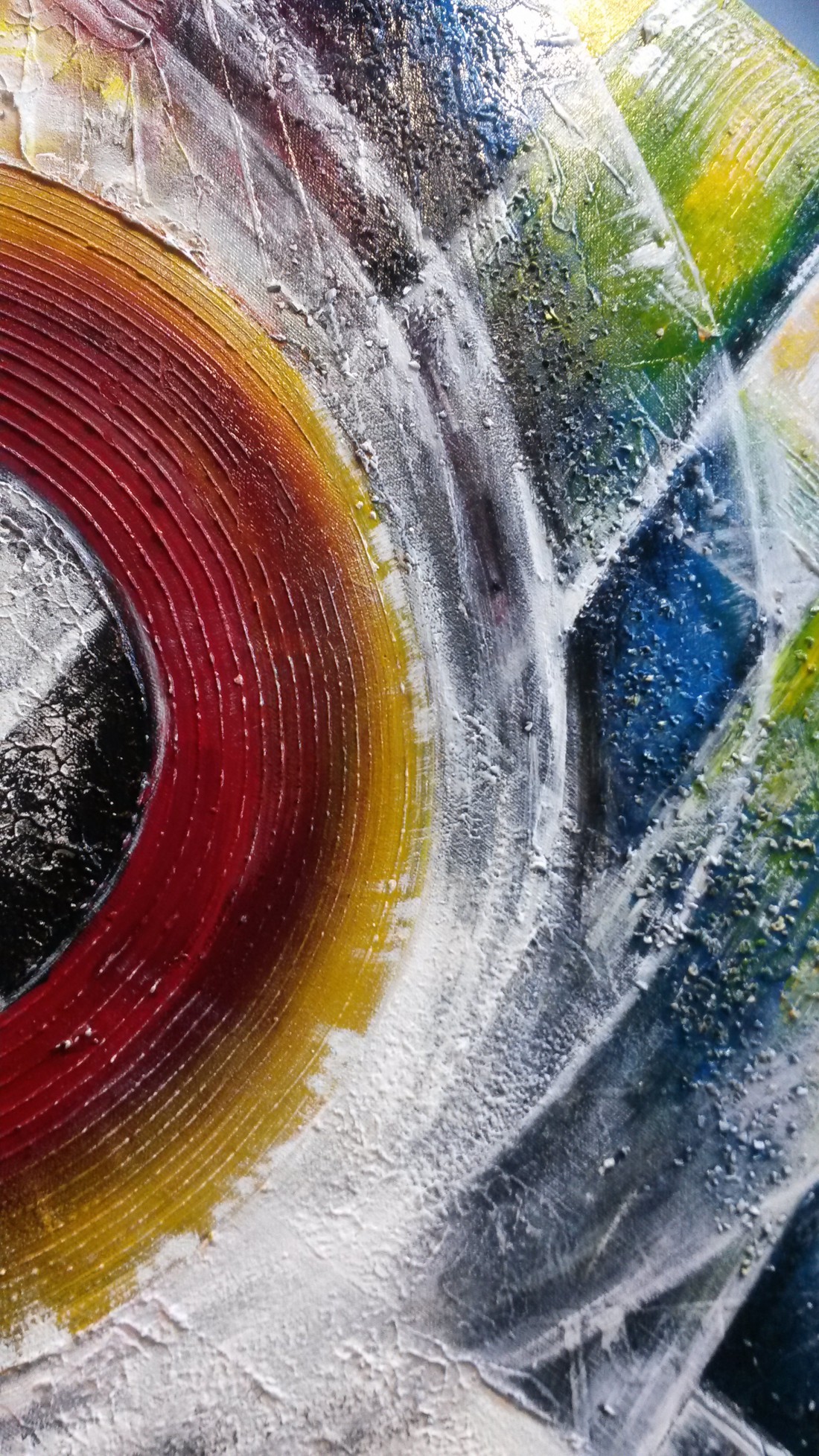
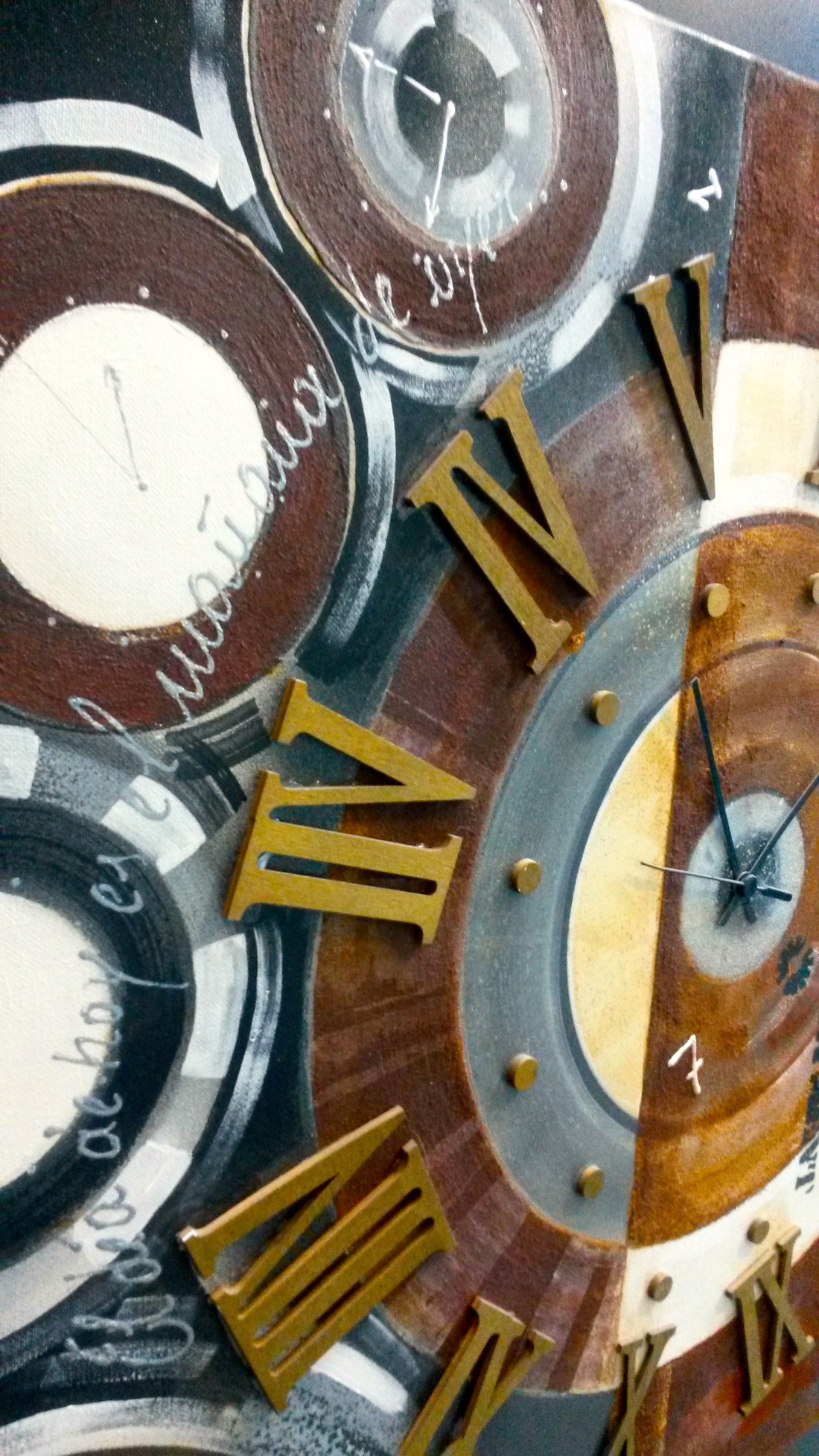

Canvas Abstract art
Abstract art was born as a need for communication and expression, but its language rules are hardly ever known. The interpretation problem of abstract art has always been divided into two essential categories: the first one applies to the Gestaltic psychology, the second to Existentialism.
The Gestaltic psychology studies the interaction between man and shapes. In other words, how the perception of the shapes becomes a psychological experience. How this psychological experience is structured depends on universal laws. For instance, the circle always tends to express the same sensation, no matter what it is that has a circular shape. The same applies to colours and to the interaction between shape and shape, colour and colour, or shape and colour. Basically, the perceptive act, counting on already existing experiences and basic mechanisms, tends to interpret the things we see, independently of what they represent.
Therefore, the abstract image too gives us perceptive information that stimulates a psychological reaction. If the Gestaltic psychology can explain the mechanism that decides if an abstract work can be beautiful or not, it can hardly explain which work will be perceived as beautiful or not. Basically, it cannot give us elements of critical evaluation, even though they are still consistent with the specific field of the history of art and the history of taste.
The creation becomes the trace of the interaction between reality, solicitation, sensitivity and creativity, which can be common to anyone, but only the artist, as such, can express and objectify it.
In this case, the work is not only the trace of its existence in this world, which is the minimum value, but is also the proof of its existing in this world at a specific moment, in a specific situation, context and so on. Therefore, it has the value of a historical-cultural document since it is the result of that particular history, of that particular culture.
Date
5 May 2016
